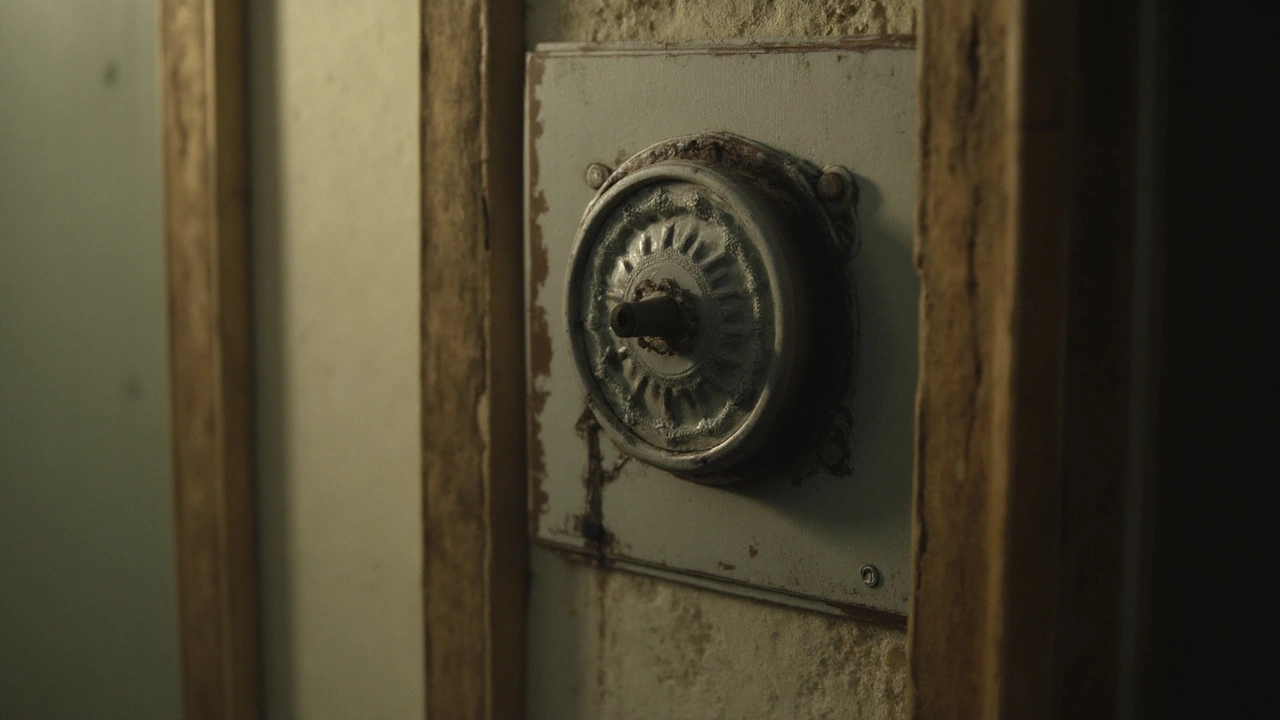TPR Valve: What It Does and Why You Should Care
If you’ve ever heard a hiss from your water heater or boiler, a TPR valve might be behind it. TPR stands for Temperature and Pressure Relief valve, and its job is simple – it lets excess heat or pressure out before anything blows up. Think of it as a safety valve for your hot water system. When it works right, you never notice it. When it fails, you could get a flood, a loud bang, or a costly repair.
How a TPR Valve Works
A TPR valve is a small brass or stainless‑steel piece screwed into the top or side of a water heater. Inside, a spring holds a tiny plug closed. If the water temperature climbs above 210°F (99°C) or the pressure goes past 150 psi, the spring lifts the plug and lets steam and water escape through a discharge pipe. Once the temperature and pressure drop back to safe levels, the spring pushes the plug shut again.
The valve’s discharge pipe must run downhill and end at a safe location – usually a floor drain or outdoors. This way, any released water drains away instead of soaking your floors. Most manufacturers install the valve during production, but homeowners should still check it every year.
When a TPR Valve Needs Attention
Spotting a bad TPR valve early can save you from a mess. Here are the tell‑tale signs:
- Water pooling around the heater. If you see a wet patch on the floor, the valve might be leaking or constantly opening.
- Steam or a hissing sound. A steady hiss means the valve is releasing pressure – not necessarily a problem, but it could indicate the system is running too hot.
- Corrosion or rust. Old valves develop mineral buildup that can jam the plug.
- Repeated trips. If the valve opens multiple times a day, something is forcing the water heater to overheat.
When any of these show up, turn off the heater, let it cool, and call a qualified appliance repair tech. Trying to fix a TPR valve yourself can be risky because you’ll be dealing with high‑temperature water and pressurised lines.
Besides fixing a faulty valve, a pro can check the thermostat, the pressure‑reducing valve, and the expansion tank. Often, a TPR valve trips because the water heater isn’t set correctly or the home’s water pressure is too high. Adjusting these settings can stop future trips.
Regular maintenance is cheap and painless. Each year, ask your technician to:
- Test the valve by lifting the test lever (if your model has one) to ensure it opens.
- Inspect the discharge pipe for blockages.
- Check the heater’s temperature setting.
Most homeowners forget this step until a leak shows up. Adding it to your annual service checklist keeps your system safe and quiet.
In short, the TPR valve is the unsung hero of every water heater and boiler. It protects you from dangerous pressure spikes and keeps your home dry. Keep an eye on it, schedule a yearly check, and call a professional at the first sign of trouble. Doing so means fewer floods, quieter appliances, and a longer life for your hot‑water system.
What Happens If You Keep Resetting Your Water Heater? Risks, Fixes, and Safe Steps
0 Comments
If your water heater keeps tripping, stop hammering reset. Learn the real risks, quick checks, safe resets, when to call a pro, and how to fix it for good.
Read More